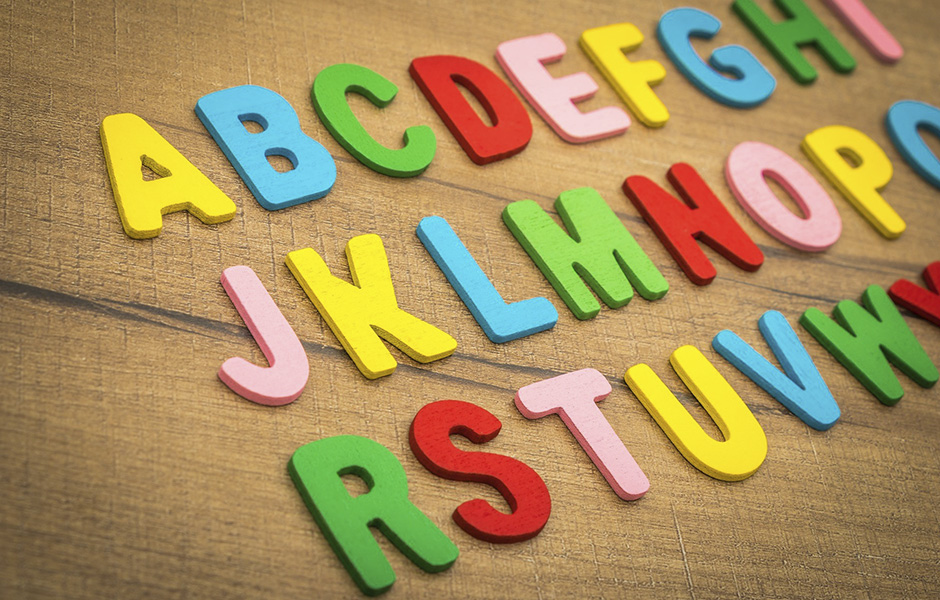The attention and memory of children can be disturbed by images or objects on the walls of classrooms, reveals a study developed by researchers of CINTESIS – Center for Health Technology and Services Research at the University of Aveiro (UA).
According to the news published by Agência Lusa, the work “When visual stimulation of the surrounding environment affects children’s cognitive performance”, recently published in the Journal of Experimental Child Psychology, involved a group of 64 children, aged 8 to 12, of several schools in the municipality of Aveiro.
“Each child had to respond individually to a set of four tasks with which researchers assessed basic cognitive processes, such as attention and memory, underlying the most varied activities that participants face in their daily lives, namely at school”, say the authors, Pedro Rodrigues and Josefa Pandeirada, of CINTESIS/UA.
The study consisted of two experimental sessions: in one, the children were seated at a table and answered the tasks, surrounded by a set of 24 images appealing to them distributed on a white platform; In another, the children were also seated at the same table and performed the same tasks, but were exposed to the white platform without any exposed visual element.
According to statements made by Pedro Rodrigues to Lusa, it was concluded that “the children had better performance in both memory tasks and more correct answers in the two tasks of attention when they were exposed to the platform free of distracting elements than when it contained the images.”
The results suggest that the “visually loaded spaces”, for example, the presence of certain visual elements in the classroom can be a “source of distraction” and impair the children’s learning. For now, however, it is not yet possible to propose “informed recommendations” on the best environmental conditions to optimize learning.

